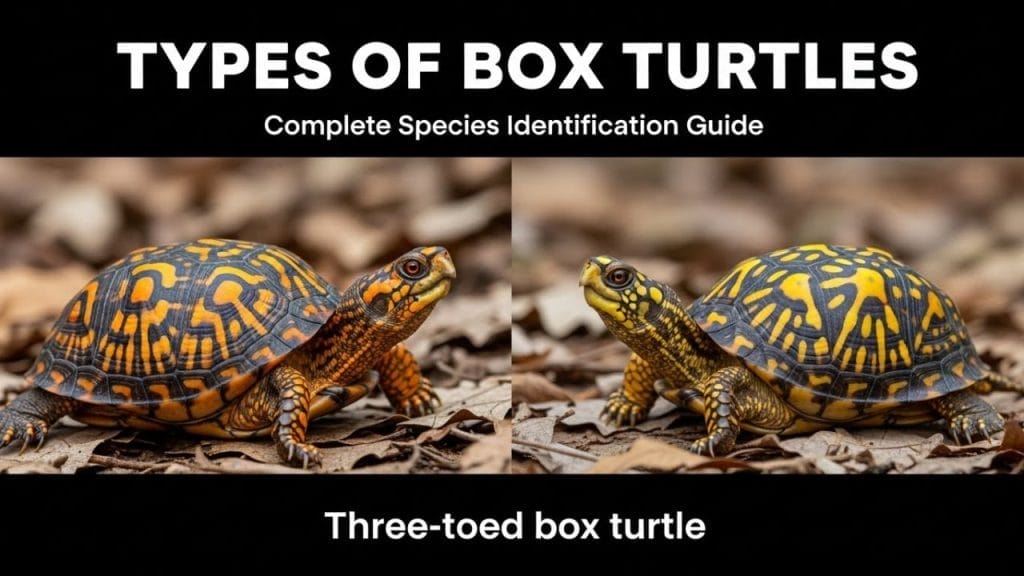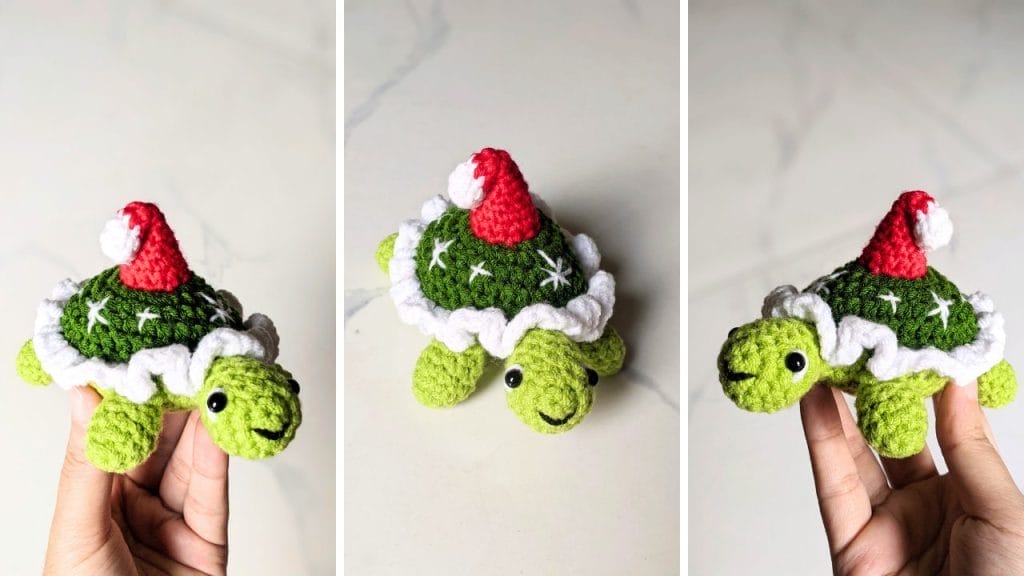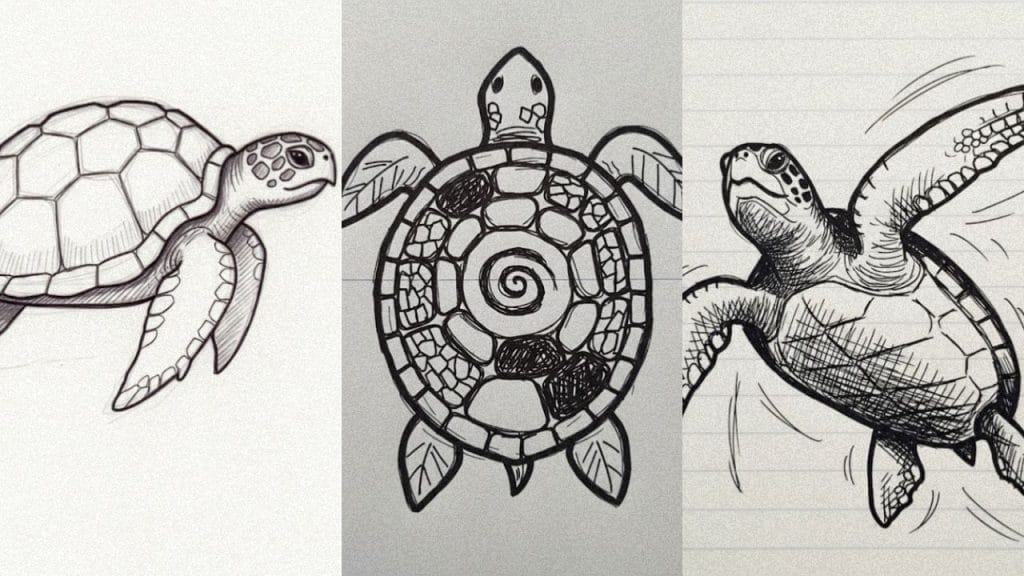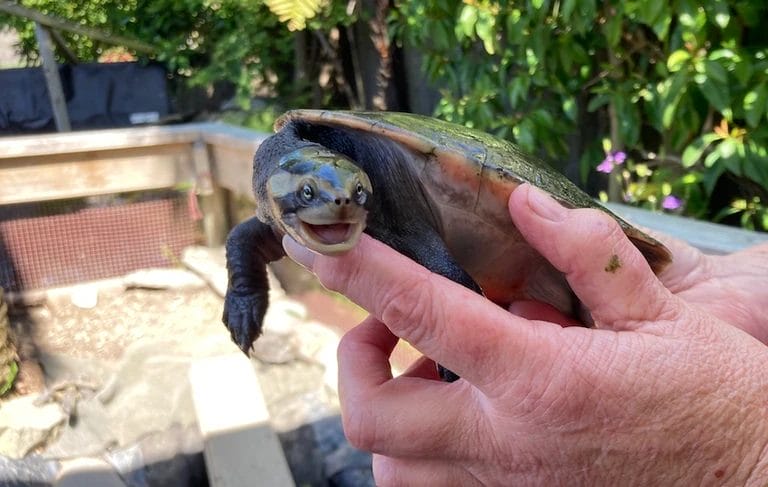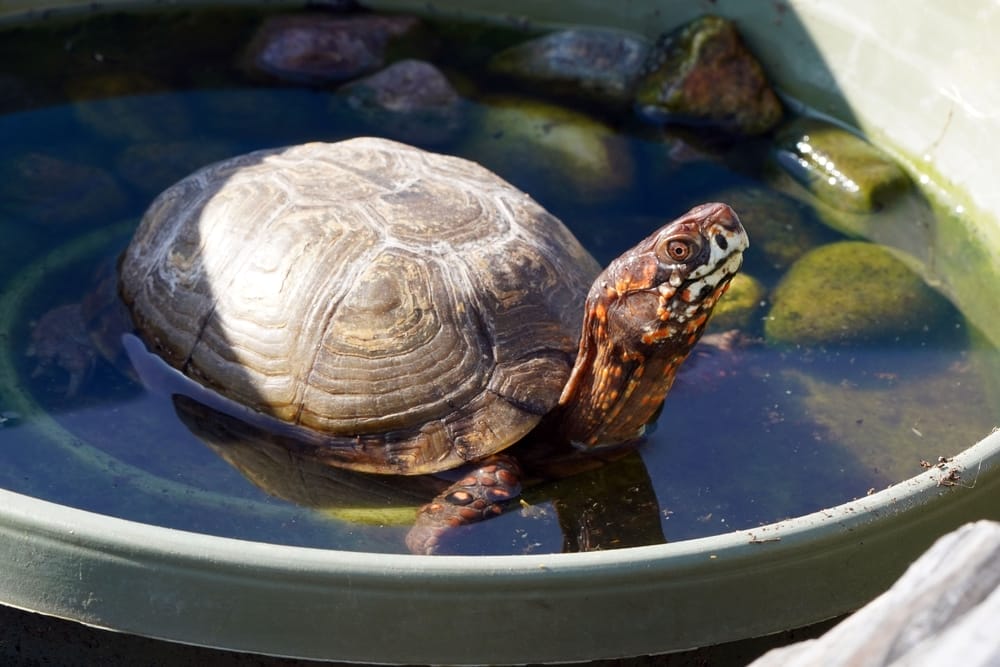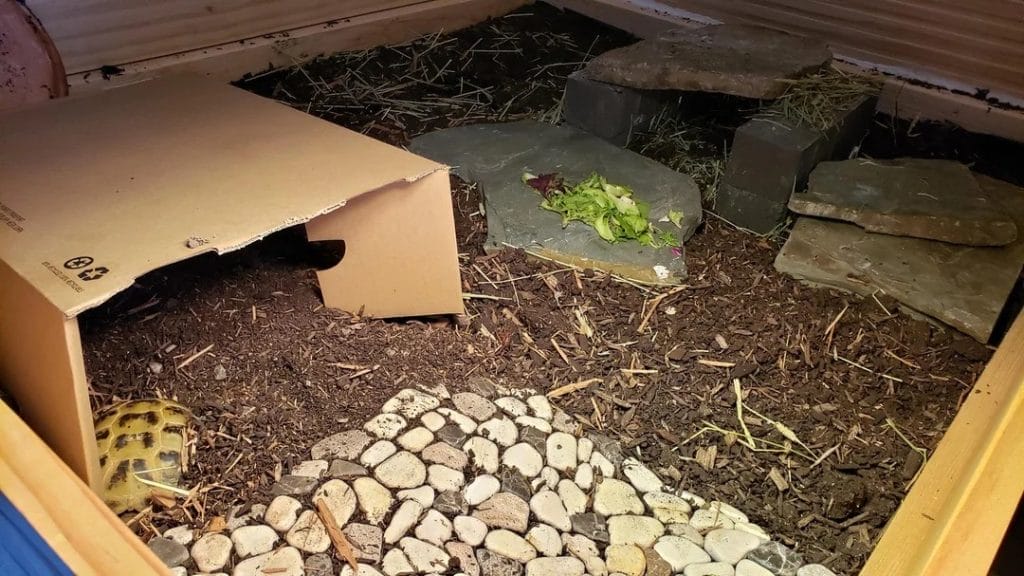Different Types of Tortoises: A Comprehensive Guide
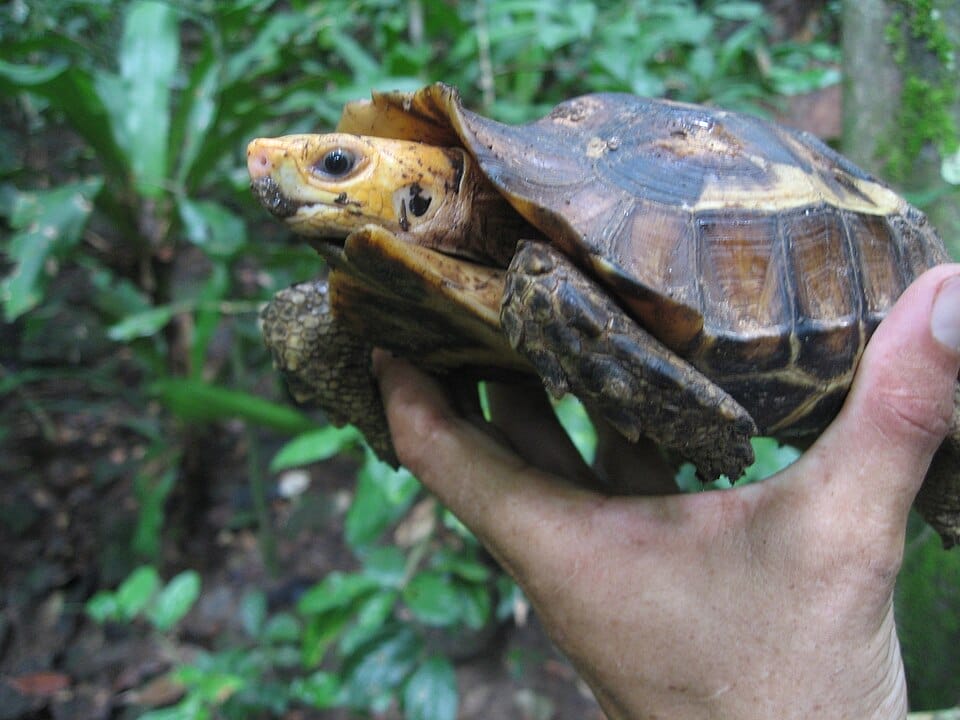
This post was created with help from AI tools and carefully reviewed by a human (Muntaseer Rahman). For more on how we use AI on this site, check out our Editorial Policy.
Growing up, I was mesmerized by the slow, deliberate movements of tortoises in my backyard.
Each one seemed to carry its own little world on its back. If you’ve ever wondered about these gentle reptiles and the incredible diversity they represent, you’re in for a treat.
Let’s explore the fascinating world of tortoises and discover the unique traits that make each species special.

different types of tortoise: By Habitat
Tortoises live in all sorts of places, and their homes shape how they behave, eat, and survive. Let’s dive into their habitats and see how these shelled wonders have adapted.
| Habitat | Examples | Key Features | Special Adaptations |
|---|---|---|---|
| Desert | Sulcata, Desert Tortoise | Hot, dry, sandy | Burrowing, water storage |
| Forest | Red-Footed, Yellow-Footed Tortoise | Humid, dense vegetation | Blending shell colors |
| Grassland | Leopard, Indian Star Tortoise | Open spaces, grassy terrain | Heat storage in shells |
| Island | Galápagos, Aldabra Tortoise | Isolated, tropical coastal | Massive size, long lifespan |
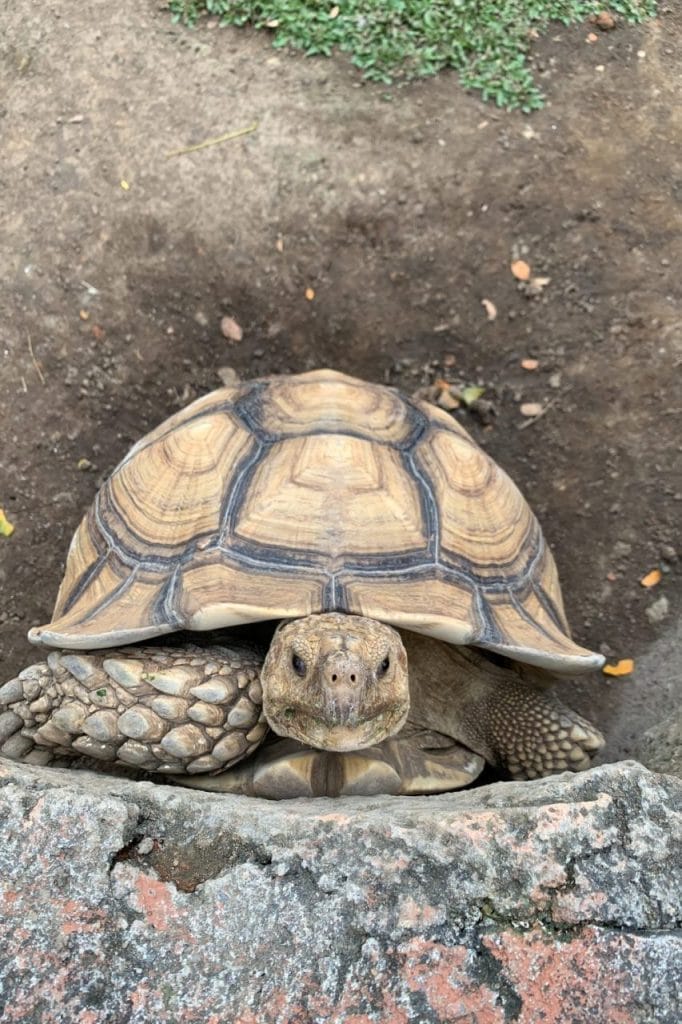
Desert Tortoises
These guys are tough. They thrive in hot, dry places like deserts and arid regions. Sulcata Tortoises are a prime example—they dig burrows to stay cool. It’s like their own underground AC system. I once saw a Sulcata on a nature walk, chilling in the shade while I was melting in the sun.
- Common species: Sulcata Tortoise, Desert Tortoise
- Habitat features: Sandy soil, extreme heat, sparse vegetation
- Fun fact: They can go months without water. Talk about a survival expert!
Forest Tortoises
If you’re into lush greenery, you’ll love these tortoises. Forest tortoises, like the Red-Footed Tortoise, live in tropical rainforests. They enjoy high humidity and plenty of shade. It’s like living in a spa. I always imagine them munching leaves while listening to jungle sounds.
- Common species: Red-Footed Tortoise, Yellow-Footed Tortoise
- Habitat features: Dense trees, humid environment, leaf-covered ground
- Fun fact: Their red and yellow markings help them blend in with the colorful forest floor.
Grassland Tortoises
Grasslands are open, sunny, and filled with, well, grass. Leopard Tortoises roam here, grazing to their hearts’ content. I once watched a Leopard Tortoise move through tall grass like it owned the place. Pure confidence!
- Common species: Leopard Tortoise, Indian Star Tortoise
- Habitat features: Wide-open spaces, grassy terrain, moderate temperatures
- Fun fact: Their domed shells help them store heat during chilly nights.
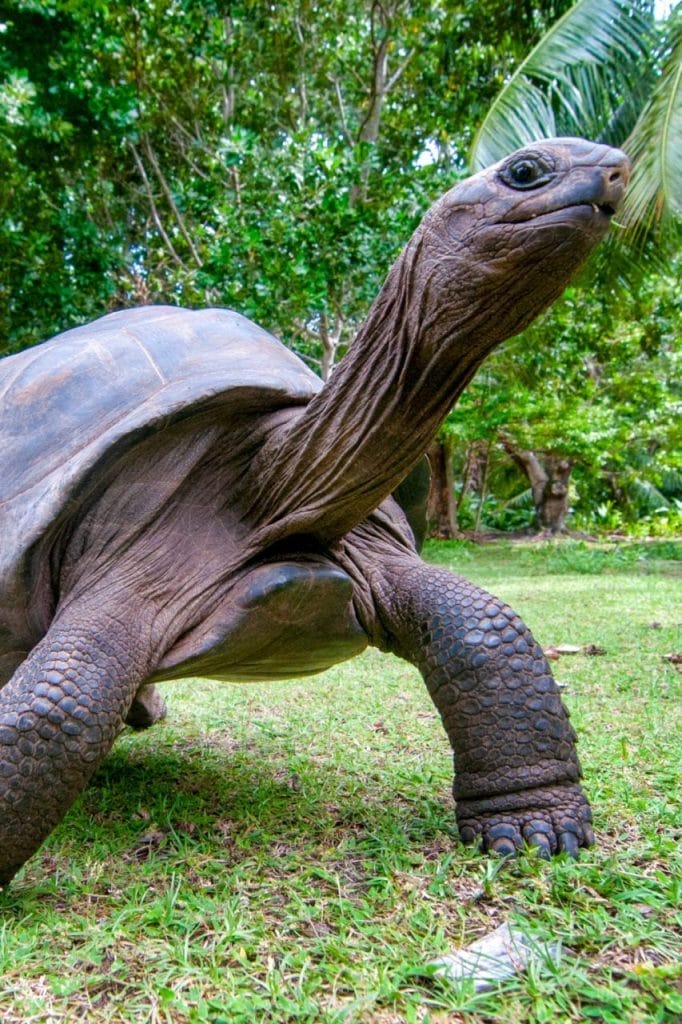
Island Tortoises
Living on an island sounds dreamy, right? For these tortoises, it’s reality. Island tortoises like the Galápagos Giant Tortoise enjoy an isolated life with little competition for food. Imagine munching on fresh greens with an ocean breeze—what a life.
- Common species: Galápagos Tortoise, Aldabra Giant Tortoise
- Habitat features: Volcanic terrain, tropical plants, coastal weather
- Fun fact: These giants can live over 100 years. They probably know more about island life than we do.
Warning: You Might Spend Hours Here
I’ve built the ultimate turtle and tortoise species database. This isn’t your average turtle list. Filter by genus, conservation status, and more. How many species? Which are endangered? What’s the tiniest one? It’s all there.
different types of tortoise: By Size
Tortoises come in all shapes and sizes. Some are tiny enough to fit in your hand, while others are hefty giants you can’t lift without some serious muscle. Let’s break it down by size.
Small Tortoises
These little guys are perfect for people who don’t have a ton of space. Russian Tortoises, for example, only grow up to 10 inches. I had one as a kid, and it used to hide under furniture, making me panic every time it disappeared.
- Size: Less than 10 inches
- Examples: Russian Tortoise, Pancake Tortoise
- Fun fact: Pancake Tortoises are so flat they can squeeze into the tightest cracks. They’re the ultimate hide-and-seek champions.

Medium Tortoises
Not too big, not too small—just the right size for most homes. Red-Footed Tortoises fall into this category. They grow up to 15 inches, making them manageable but still impressive to look at.
- Size: 10–18 inches
- Examples: Red-Footed Tortoise, Indian Star Tortoise
- Fun fact: Indian Star Tortoises have star-like patterns that make them look like they belong in an art gallery.
Large Tortoises
These are the giants of the tortoise world. Sulcata Tortoises can weigh over 100 pounds, and Galápagos Tortoises? Let’s just say they could crush your foot if you’re not careful. I once saw a Sulcata at a zoo, and honestly, it looked like a prehistoric creature.
- Size: Over 18 inches
- Examples: Sulcata Tortoise, Galápagos Tortoise
- Fun fact: Galápagos Tortoises live so long that some have met Charles Darwin. Talk about a history buff!
This Hilarious Turtle Book Might Know Your Pet Better Than You Do
Let’s be real—most turtle care guides feel like reading a textbook written by a sleep-deprived zookeeper.
This one’s not that.
Told from the snarky point of view of a grumpy, judgmental turtle, 21 Turtle Truths You’ll Never Read in a Care Guide is packed with sarcasm, sass, and surprisingly useful insights.
And hey—you don’t have to commit to the whole thing just yet.
Grab 2 free truths from the ebook and get a taste of what your turtle really thinks about your setup, your food choices, and that weird plastic palm tree.
It’s funny, it’s honest, and if you’ve ever owned a turtle who glares at you like you’re the problem—you’ll feel seen.
different types of tortoise: By Geographical Distribution
Tortoises are world travelers—or at least their ancestors were. You can find them in many regions, each with its own unique species. Let’s take a trip around the world of tortoises.
African Tortoises
Africa is home to some of the largest and toughest tortoises. The Sulcata Tortoise thrives in the dry savannas, while the Leopard Tortoise shows off its stylish spotted shell.
- Examples: Sulcata Tortoise, Leopard Tortoise
- Habitat: Grasslands, deserts, and savannas
- Fun fact: Sulcata Tortoises are digging machines. They can create burrows long enough to rival underground bunkers.

Asian Tortoises
Asia hosts smaller, more delicate species like the Indian Star Tortoise. These tortoises are known for their beautiful star-patterned shells, which look like nature’s artwork.
- Examples: Indian Star Tortoise, Burmese Star Tortoise
- Habitat: Dry regions and forests
- Fun fact: Indian Star Tortoises are picky eaters. Mine once turned its nose up at lettuce because it wasn’t “fresh enough.”
South American Tortoises
In South America, tortoises are tropical adventurers. Red-Footed and Yellow-Footed Tortoises love humid forests and are always ready for a fruit feast.
- Examples: Red-Footed Tortoise, Yellow-Footed Tortoise
- Habitat: Rainforests and tropical areas
- Fun fact: Red-Footed Tortoises have a thing for bananas. I’ve seen one devour an entire banana faster than I could peel it.
Island Tortoises
The celebrities of the tortoise world, these giants rule isolated islands like the Galápagos and Aldabra Atoll. They live long lives and are known for their massive size.
- Examples: Galápagos Tortoise, Aldabra Giant Tortoise
- Habitat: Volcanic islands and coastal areas
- Fun fact: Galápagos Tortoises are so chill they sometimes take naps in the middle of a walk.
different types of tortoise: By Shell Pattern
Tortoises wear their homes on their backs, and those shells come in all sorts of designs. Their patterns are more than just fashion statements—they help tortoises blend in, stay safe, or even attract mates.
Let’s explore the different shell styles.
| Shell Pattern | Examples | Features | Fun Fact |
|---|---|---|---|
| Plain-Shelled | Russian, Desert | Solid colors, smooth texture | Great for camouflage in plain habitats |
| Patterned-Shelled | Leopard, Indian Star | Spots, stars, streaks | Indian Stars mimic sunlight patterns |
| Ridged-Shelled | Sulcata, Gopher | Raised ridges or bumps | Ridges can funnel rainwater |
| Flattened-Shelled | Pancake | Thin, flat shells | Built for speed and tight spaces |

Plain-Shelled Tortoises
These tortoises keep it simple. Their shells are smooth or solid-colored, helping them blend into rocky or sandy habitats. Think of them as the minimalists of the tortoise world.
- Examples: Russian Tortoise, Desert Tortoise
- Features: Solid or muted colors like tan, brown, or olive
- Fun fact: Russian Tortoises’ plain shells make them hard to spot in the wild. Great for avoiding predators!
Patterned-Shelled Tortoises
These tortoises love showing off. From intricate star shapes to bold spots, their shells are works of art. Leopard Tortoises are the perfect example, with spots that look like they belong on a cheetah.
- Examples: Leopard Tortoise, Indian Star Tortoise
- Features: Striking patterns like spots, stars, or streaks
- Fun fact: Indian Star Tortoises’ patterns mimic sunlight filtering through grass, making them masters of camouflage.
Ridged-Shelled Tortoises
Some tortoises take a more rugged approach. Their shells have ridges or bumpy textures, which can help them appear larger or more intimidating. Sulcata Tortoises are a great example—they’ve got ridges that scream “Don’t mess with me.”
- Examples: Sulcata Tortoise, Gopher Tortoise
- Features: Raised ridges or bumps on the shell
- Fun fact: These ridges can also help funnel water during rainstorms, giving them a built-in survival tool.
Flattened-Shelled Tortoises
Pancake Tortoises are the ultimate escape artists. Their super-flat shells let them slide into tight crevices to avoid predators. It’s like they were designed for a life of stealth.
- Examples: Pancake Tortoise
- Features: Thin, flat shells with flexible edges
- Fun fact: Their shells aren’t strong like others—they rely on speed and agility instead of armor.

About Author
Muntaseer Rahman started keeping pet turtles back in 2013. He also owns the largest Turtle & Tortoise Facebook community in Bangladesh. These days he is mostly active on Facebook.


